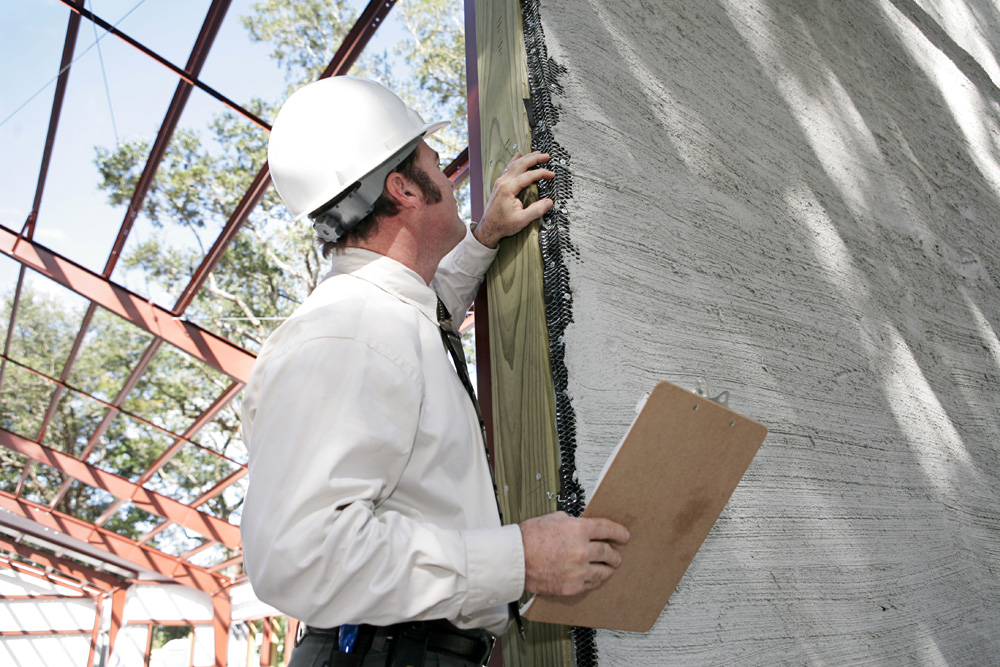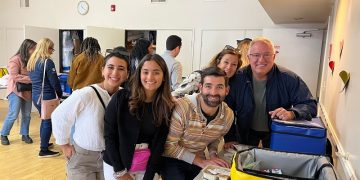
Los Angeles stands at a critical juncture in its relationship with fire. It is true that climate change intensified vegetations to tinder-dry fuel, however, the primary threat to our communities lies in how we’ve built them. The city’s dense housing developments, often with as little as 6-8 feet between structures, have created perfect conditions for catastrophic fire spread. The Tongva people, who stewarded these lands before Los Angeles existed, understood dry, wind-driven fire as both friend and foe. Their use of controlled burns maintained healthy ecosystems for them with improved future crop growths, while not accumulating dangerous fuel loads that would have threatened their villages. Predating fire-science, these practices offer valuable insights for fire management in today’s environs.
Advanced testing and modern building science indicates residences will be best protected with (1) proper spacing apart to avoid the devastating domino effect, (2) a 200-foot “defensible space” perimeter, and (3) a 5-foot spacing of non-combustibles around the residence to reduce fire transmission. After ember-spread flame-fronts ignite buildings, fire-storms are created, radiating temperatures on surfaces from 1,500 to 2,500 deg. Fahrenheit. Such an intensified heat caused concrete, terra-cotta, and brick to crumble, while shattering windows, sliding glass doors, and creating wind-fed fire-tunnels to interiors that fueled total destruction. Significantly, the resulting regulatory framework will shift toward increased inspection frequency, stricter enforcement, and enhanced penalties for non-compliance.
Technical specifications for fire-resistant construction have evolved according to RSMeans’ national database. Now available are Class A fire-rated roof covering & substrate options with high wind ratings for several advanced and improved materials. These assemblies will better protect roofs, roof edges, gutters, under-eave mesh vents, and resistant tiles. The data includes 1-hour rated external wall assemblies using resistant high-temperature formulated substrates, and claddings to achieve crucial protection. These envelopes include triple-pane tempered glass windows & doors resisting heat better than prior versions, new T&G composite decking protected at undersides, and near-home landscaping replacing bark mulch with rock.
The economics for construction listed above present a compelling case as recent studies show that using optimal wildfire resistance materials have relative increase costs of +$72,000. Such an investment yield long-term benefits such as energy efficiencies and reduced maintenance. The January 2025 fires provided persuasive evidence that properly designed communities can withstand megafire conditions. In areas where homes are built by the guidelines just noted, experts expect 90% of structures would survived despite intense fire exposure. In contrast, traditional wood frame construction and minimal spacing, suffers, when built under lenient codes like the early Palisades homes,100% losses in too many neighborhoods.
Additionally, technologies to complement fire-resistant materials, such as smart home systems integrated with weather stations, fire detection networks, can provide early warning, and automated external sprinkler systems can activate by ember detection, and the IoT sensors monitor vulnerable areas around homes. These are not stand alone solutions, but they will assist with emergency response planning, which must evolve beyond individual structures to encompass entire neighborhoods.
Planned communities using an awareness of resistant construction can be developed and encouraged towards land-use designs to share properties and green spaces, in the spirit of Gregory Ain, a champion of the Case Study program. With forethought these spaces, with adequate separation between structures, will create crucial firebreak barriers, community gardens, and social gathering places to enhance a lively cohesion. Also character, a word borrowed from the Greek “kharakter” “symbol or imprint on the soul.” By metaphor through diverse languages, to mean the ”sum of qualities that define a realm (or person) distinguishing it from another.” That aptly defines the Palisades and Altadena neighborhoods.
Retrofitting existing neighborhoods presents distinct challenges. The Venice, California Canal District requires a ten-year program to replace wood shake roofs, install ember-resistant vents, and create defensible space where possible. Where the historic housing pattern prevents adequate spacing, they established “community firebreaks” every six blocks—streets with enhanced tree trimming, underground utilities, and special water access points for firefighters. Strategic upgrades, offer the highest return, with costs typically recovered within 7-10 years. Similar approaches can be adapted across Los Angeles, with retrofit priorities.
Fire safety and water conservation—priorities that seem to compete—can be strategically aligned. Landscapes utilizing native, drought-tolerant species create defensible, fire-resistant space, and reducing water consumption by up to 70%. Rainwater harvesting systems can double as emergency fire suppression reserves when properly designed. The Fire-Wise Communities demonstrate integration with neighborhood-level greywater systems feeding moisture-retaining vegetation in community firebreaks. These dual-purpose approaches maximize resource efficiency while enhancing protection.
The path forward requires balancing strategic implementation entities including fire safety, maintenance of the community’s character, economic feasibility, and environmental sustainability. These must have a timeline planned around neighborhood ‘captains’ to balance urgency with practicality. To enhance original aesthetics neighborhoods had, traditional architectural elements, incorporating fire-resistant materials, can be preserved. For example, using decorative eaves to conceal ember-resistant venting, while classic window styles can be reproduced in triple-pane tempered glass. Foremost, recapturing the design of Case Study with elements of lovely vernacular homes from prior decades, will exemplify efficient plans for a pleasing coherence in neighborhoods.
As we face an uncertain climate future, the focus must remain on controllable factors. While we cannot prevent all fires, we can build communities that resist fire spread. Thoughtful design, appropriate materials, and community cooperation will guide Los Angeles through this challenge while preserving what makes its neighborhoods special. The solutions lie not in fortification but in smart adaptation, drawing on both ancient wisdom and modern science to create resilient communities enlivened to thrive in the face of any challenge.
By Jack Hillbrand AIA, Architect
S.M.a.r.t. Santa Monica Architects for a Responsible Tomorrow
Robert H. Taylor AIA, Architect; Dan Jansenson, Architect & Building and Fire-Life Safety Commission; Samuel Tolkin, Architect & Planning Commissioner; Mario Fonda-Bonardi AIA, Architect; Thane Roberts, Architect; Jack Hillbrand AIA, & Landmarks Commission Architect;
Phil Brock, former SM Mayor; Michael Jolly, AIRCRE
For previous articles see www.santamonicaarch.wordpress.com/writing













